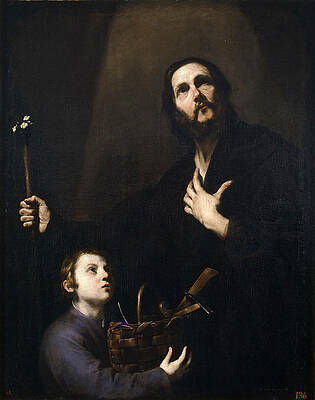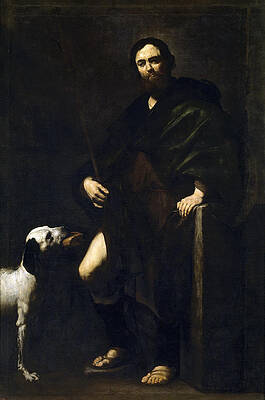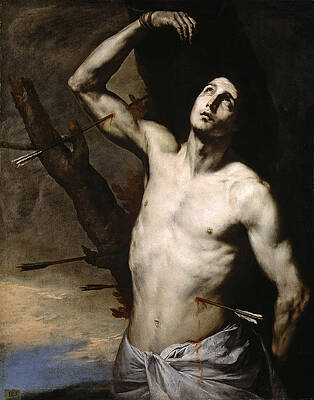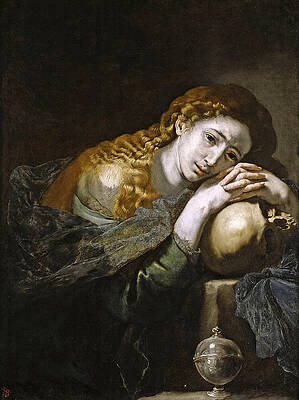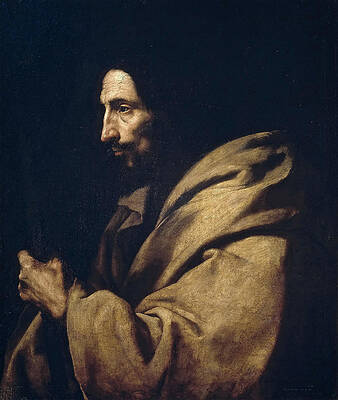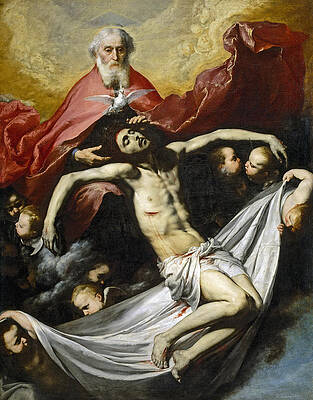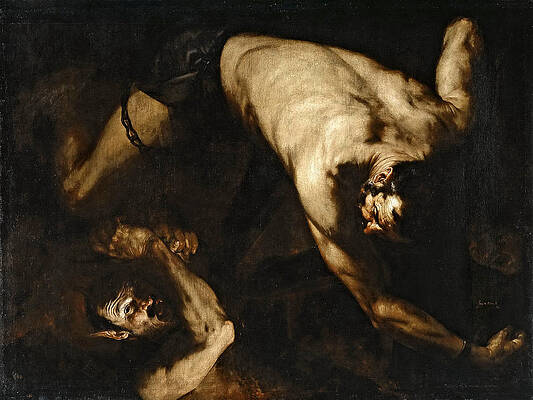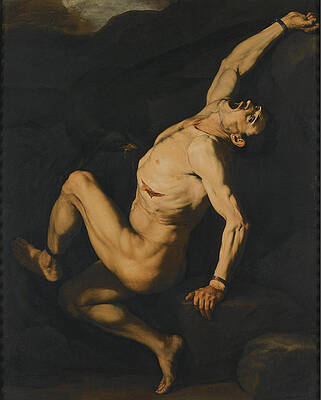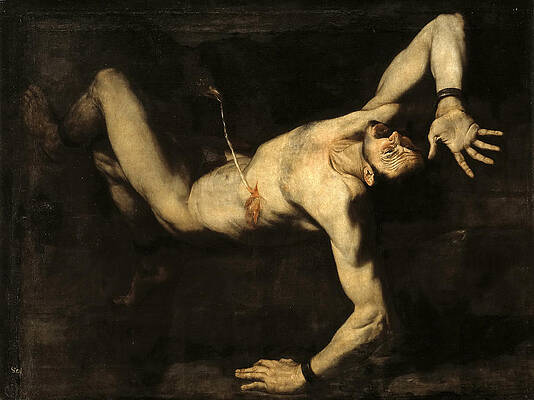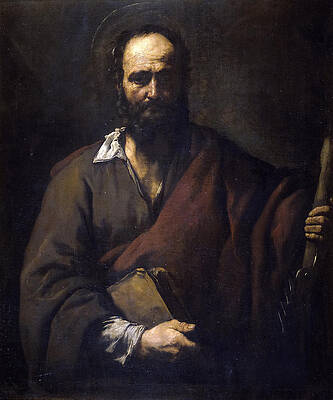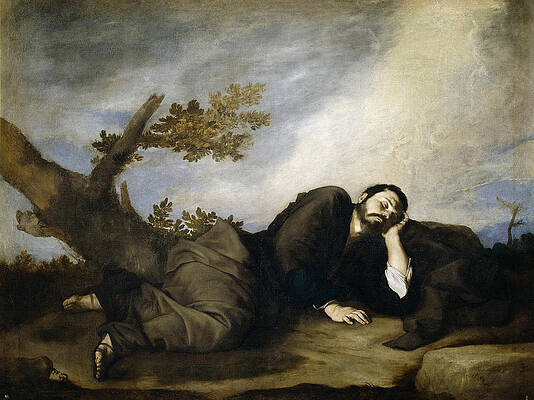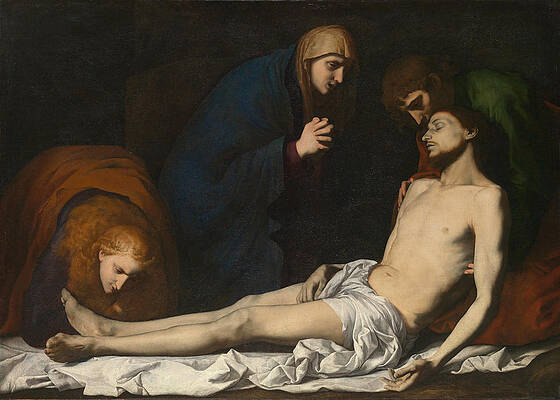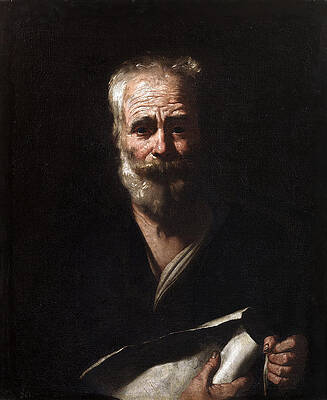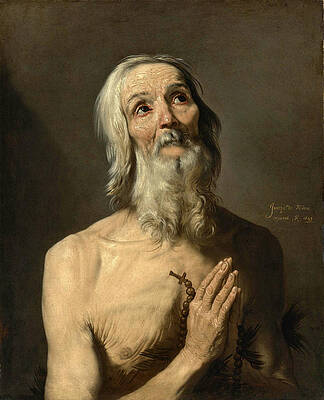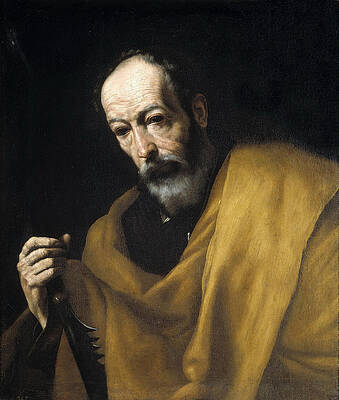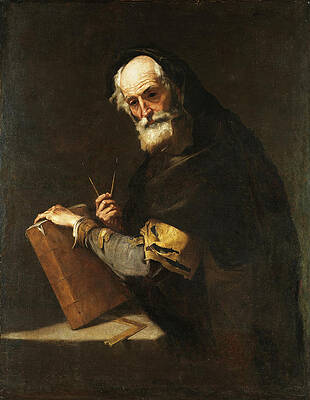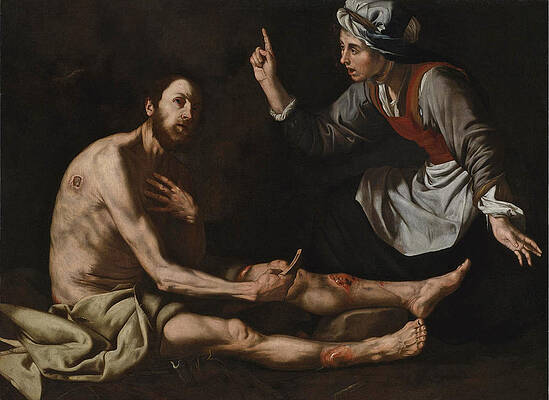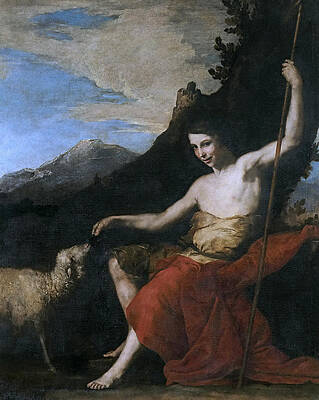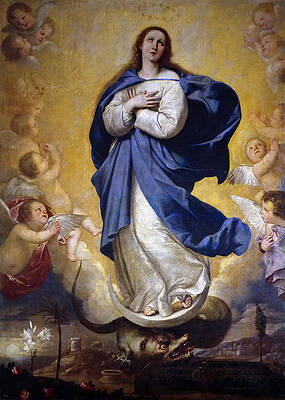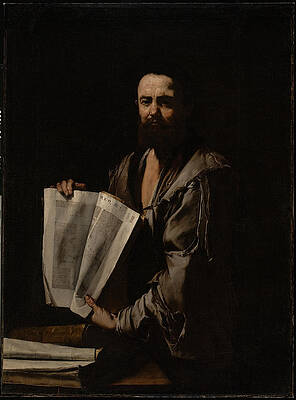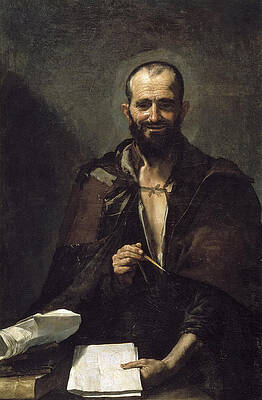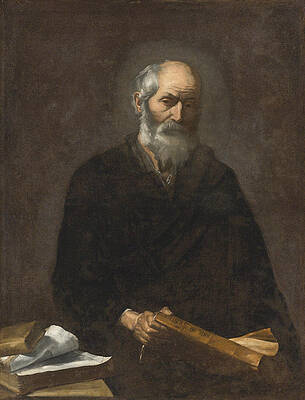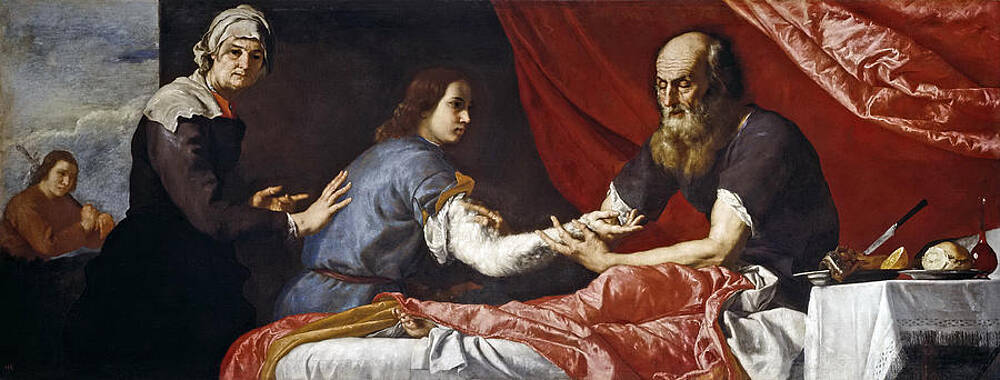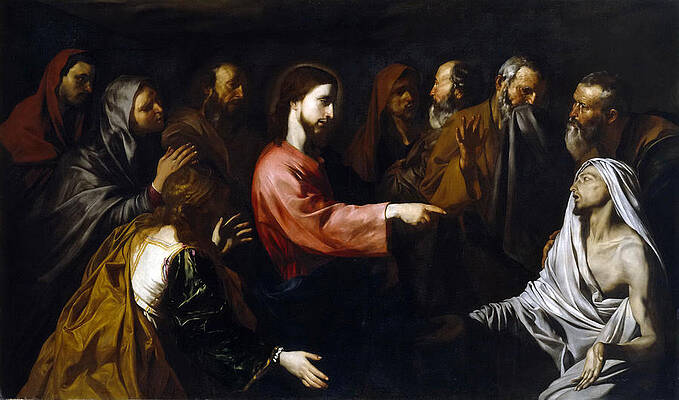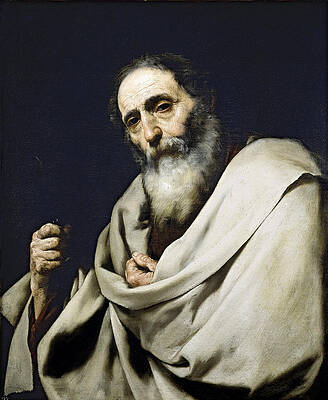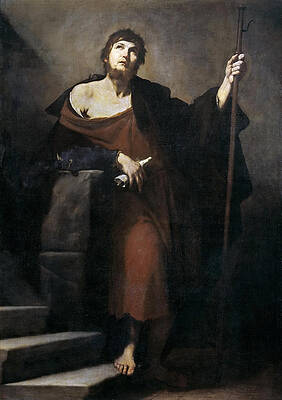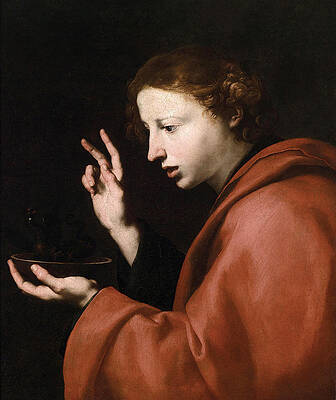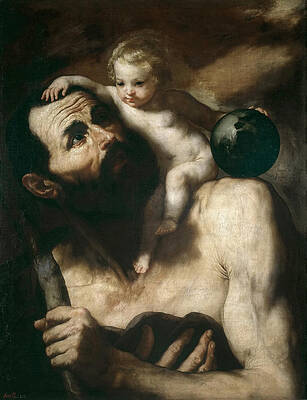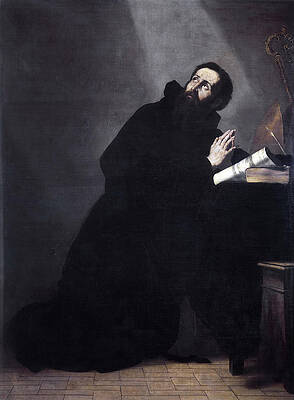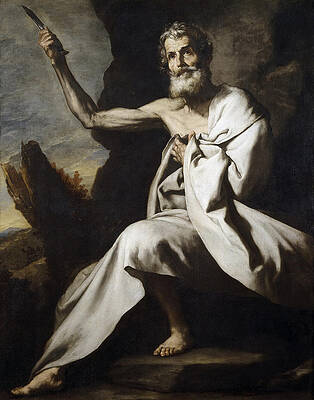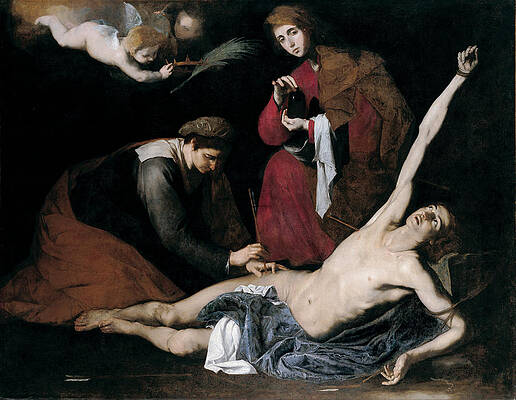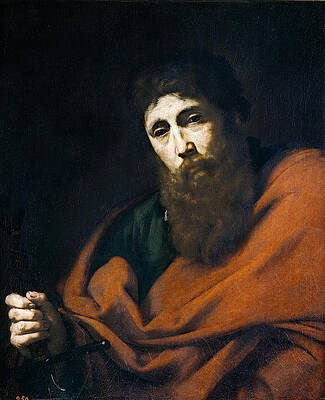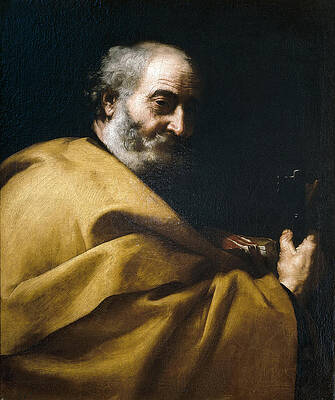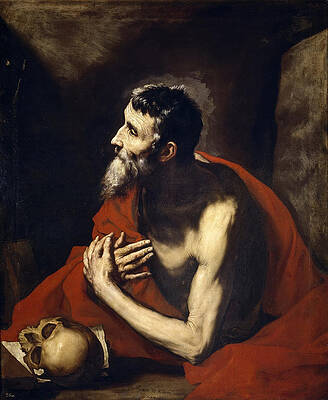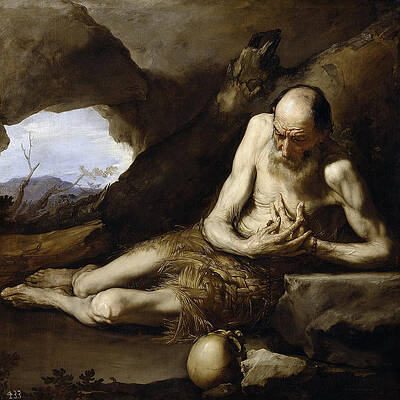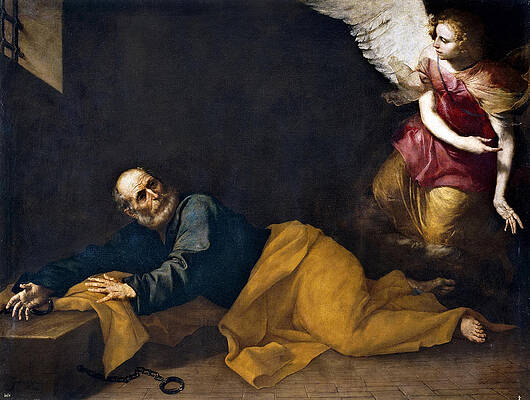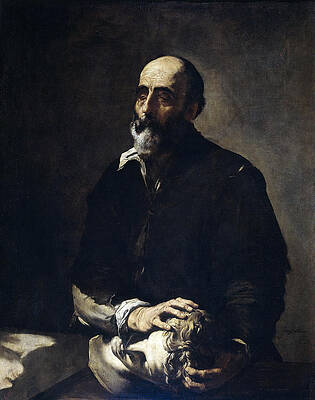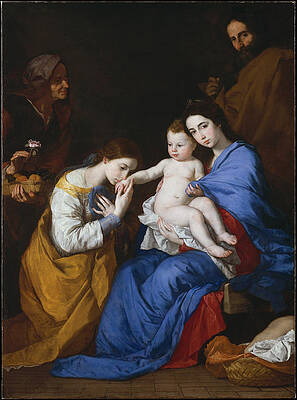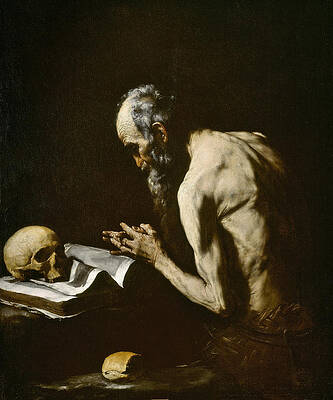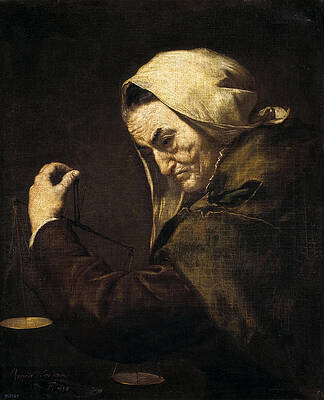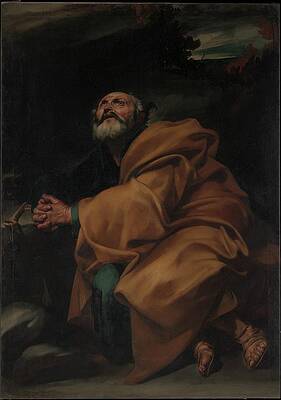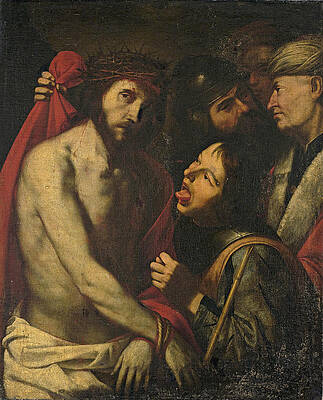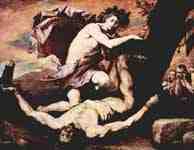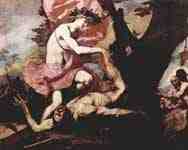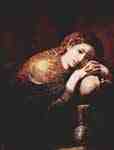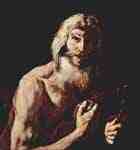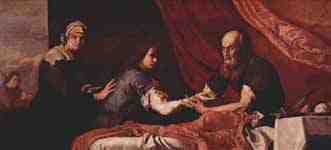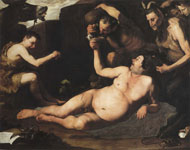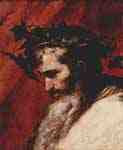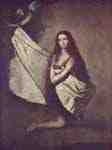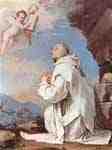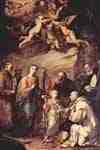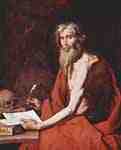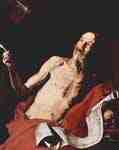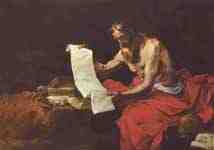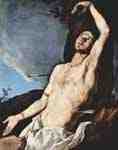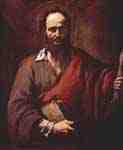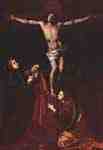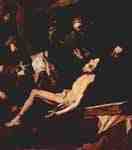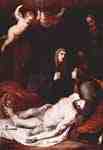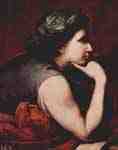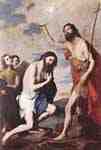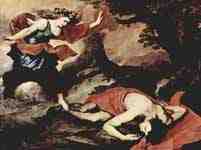José de Ribera ( Jusepe de Ribera)
Paintings
Saint Teresa of Avila
Cincinnatus leaving the plow to make laws to Rome
Saint Roch
Saint Sebastian
The Penitent Magdalene
Saint Jude Thaddeus
The Holy Trinity
Saint Mary Magdalene in the Desert
Ixion
Prometheus
Tityus
Saint Simon
An Apostle
Hercules at Rest
Jacob's Dream
The Lamentation over the Dead Christ
Jacob with the Flock of Laban
Saint Thomas
Saint Paul
Saint Onophrius
Saint Simon
A philosopher presumed to be Archimedes
Job on the Ash Heap
The Duel of Isabella de Carazzi and Diambra de Pottinella
St John the Baptist in the Desert
The Immaculate Conception
Euclid
Archimedes
Plato
Aristotle
Isaac and Jacob
Vision of St. Francis of Assisi
The Raising of Lazarus
Saint Bartholomew
Saint James the Greater
Saint John the Evangelist
Saint Christopher
St Augustine in prayer
Saint James the Greater
Saint Andrew
Saint Bartholomew
Saint James the Less
Saint Sebastian Tended by the Holy Women
Saint Paul
Saint Peter
Saint Jerome
Saint Peter
Saint Paul the Hermit
Half-Lenght Figure of Woman
Saint Peter Freed by an Angel
Saint James the Greater
The Blind Sculptor or Allegory of Touch
The Martyrdom of Saint Philip
Saint Philip
The Holy Family with Saints Anne and Catherine of Alexandria
Saint Paul the Hermit
An Old Money-Lender
The Tears of Saint Peter
Saint Paul
The Mocking of Christ
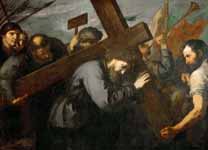
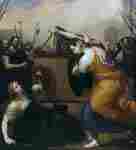
The Duel Of Isabella De Carazzi And Diambra De Pottinella

St John The Baptist In The Desert

Saint Mary Magdalene In The Desert

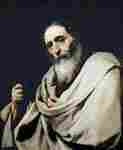
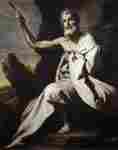
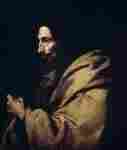

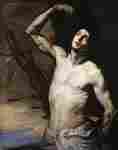
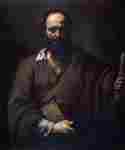

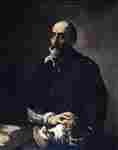
The Blind Sculptor Or Allegory Of Touch
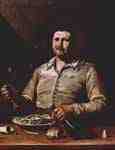
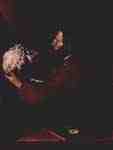
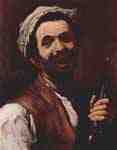
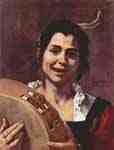
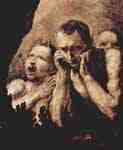 Apollo and Marsyas , detail
Apollo and Marsyas , detail
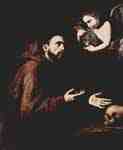 The St. Francis of Assisi and the angel
The St. Francis of Assisi and the angel
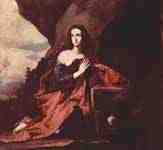 The Penitent Mary Magdalene , fragment
The Penitent Mary Magdalene , fragment
 St. Christopher with the Child Jesus
St. Christopher with the Child Jesus
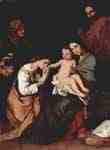 Mystic Marriage of St. Karharina
Mystic Marriage of St. Karharina
 Portrait of a Jesuit missionary
Portrait of a Jesuit missionary
 Portrait of a Knight of the Order of Santiago
Portrait of a Knight of the Order of Santiago
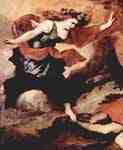 Venus and Adonis, detail: Venus
Venus and Adonis, detail: Venus
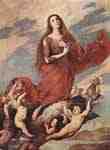 Transfiguration of St. Mary Magdalene
Transfiguration of St. Mary Magdalene
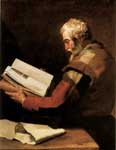
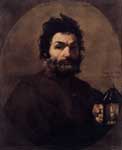
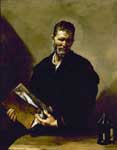
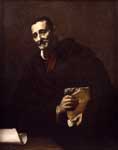
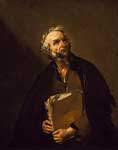
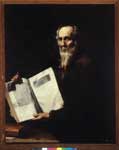
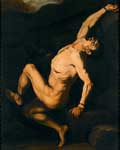
Drawings
Martyrdom of a Saint
Fine Art Prints | Greeting Cards | Phone Cases | Lifestyle | Face Masks | Men's , Women' Apparel | Home Decor | jigsaw puzzles | Notebooks | Tapestries | ...
José de Ribera (January 12, 1591 – September 2, 1652) was a Spanish Tenebrist painter and printmaker, better known as Jusepe de Ribera or Giuseppe Ribera. He also was called Lo Spagnoletto ("the Little Spaniard") by his contemporaries and early writers. Ribera was a leading painter of the Spanish school, although his mature work was all done in Italy.
Early life
Ribera was born near Valencia, Spain at Xàtiva. He was baptized on February 17, 1591. His father was a shoemaker, perhaps on a large scale. His parents intended him for a literary or learned career, but he neglected these studies and is said to have apprenticed with the Spanish painter Francisco Ribalta in Valencia, although no proof of this connection exists. Longing to study art in Italy, he made his way to Rome via Parma, where he is recorded in 1611. According to one source, a cardinal noticed him drawing from the frescoes on a Roman palace facade, and housed him. Roman artists gave him the nickname "Lo Spagnoletto".
His early biographers generally rank him among the followers of Caravaggio. Very little documentation survives from his early years, with scholars speculating as to the precise time and route by which he came to Italy. Ribera was living in Rome no later than 1612, and is documented as having joined the Academy of Saint Luke by 1613. He lived for a time in the Via Margutta, and almost certainly associated with other Caravaggisti who flocked to Rome at that time, such as Gerrit van Honthorst and Hendrik ter Brugghen, to cite only a couple of the Utrecht painters active in Rome by 1615. In 1616, Ribera moved to Naples, in order to avoid his creditors (according to Giulio Mancini, who described him as living beyond his means despite a high income). In November, 1616, Ribera married Caterina Azzolino, the daughter of a Sicilian-born Neapolitan painter, Giovanni Bernardino Azzolino, whose connections in the Neapolitan art world helped to establish Ribera early on as a major figure, whose presence was to bear a lasting impact on the art of the city.
Neapolitan period
Mary Magdalene, 1641
The Kingdom of Naples was then part of the Spanish Empire, and ruled by a succession of Spanish Viceroys. Ribera moved to Naples permanently in the middle of 1616.[1] His Spanish nationality aligned him with the small Spanish governing class in the city, and also with the Flemish merchant community, from another Spanish territory, who included important collectors of and dealers in art. Ribera began to sign his work as "Jusepe de Ribera, Español" or "Jusepe de Ribera, Spaniard". He was able to quickly attract the attention of the Viceroy, Pedro Téllez-Girón, 3rd Duke of Osuna, also recently arrived, who gave him a number of major commissions, which showed the influence of Guido Reni.
The period after Osuna was recalled in 1620 seems to have been difficult. Few paintings survive from 1620 to 1626; but this was the period in which most of his best prints were produced. These were at least partly an attempt to attract attention from a wider audience than Naples. His career picked up in the late 1620s, and he was accepted as the leading painter in Naples thereafter.
Although Ribera never returned to Spain, many of his paintings were taken back by returning members of the Spanish governing class, for example the Duke of Osuna, and his etchings were brought to Spain by dealers. His influence can be seen in Velázquez, Murillo, and most other Spanish painters of the period.
He has been portrayed as selfishly protecting his prosperity, and is reputed to have been the chief in the so-called Cabal of Naples, his abettors being a Greek painter, Belisario Corenzio and the Neapolitan, Giambattista Caracciolo.
Ecce Homo, 1620
It is said this group aimed to monopolize Neapolitan art commissions, using intrigue, sabotage of work in progress, and even personal threats of violence to frighten away outside competitors such as Annibale Carracci, the Cavalier d'Arpino, Reni, and Domenichino. All of them were invited to work in Naples, but found the place inhospitable. The cabal ended at the time of Domenichino's death in 1641.
According to the RKD he is listed as a pupil of Ribalta and in turn his own pupils were Enrico Fiammingo, Francesco Fracanzano, Luca Giordano, and Bartelomeo Passante.[2] He was followed by Giuseppe Marullo and he influenced the painters Agostino Beltrano, Hendrick van Someren, Paolo Domenico Finoglio, and Pietro Novelli.[2]
Later life
About 1644, his daughter married a Spanish nobleman in the administration, who died soon after. From 1644, Ribera seems to have suffered serious ill-health, which greatly reduced his ability to work, although his workshop continued to produce works under his direction. In 1647–1648, during the Masaniello rising against Spanish rule, he felt forced for some months to take his family with him into refuge in the palace of the Viceroy. In 1651 he sold the large house he had owned for many years, and when he died on September 2, 1652, he was in serious financial difficulties.
Work
Archimedes, c. 1630
In his earlier style, founded sometimes on Caravaggio and sometimes on the wholly diverse method of Correggio, the study of Spanish and Venetian masters may be traced. Along with his massive and predominating shadows, he retained from first to last a great strength in local coloring. His forms, although ordinary and sometimes coarse, are correct; the impression of his works gloomy and startling. He delighted in subjects of horror. In the early 1630s his style changed away from strong contrasts of dark and light to a more diffused and golden lighting, as may be seen in The Clubfoot of 1642.
Salvator Rosa and Luca Giordano were his most distinguished followers, who may have been his pupils; others were also Giovanni Do, Enrico Fiammingo, Michelangelo Fracanzani, and Aniello Falcone, who was the first considerable painter of battle-pieces.
Among Ribera's principal works could be named Saint Januarius Emerging from the Furnace in the cathedral of Naples; the Descent from the Cross in the Certosa, Naples; the Adoration of the Shepherds (a late work; 1650) in the Louvre; the Martyrdom of Saint Bartholomew in the Prado; and the Pieta in the sacristy of San Martino, Naples. His mythologic subjects are often as violent as his martyrdoms: for example, Apollo and Marsyas, with versions in Brussels and Naples, or the Tityos in the Prado. The Prado and Louvre contain numbers of his paintings, like Jacob’s Dream (1639) at El Prado; the National Gallery, London, three. He executed several fine male portraits and a self-portrait. Saint Jerome Writing in the Prado now has been credited to him by Gianni Papi, a Caravaggio expert. He was an important etcher, the most significant Spanish printmaker before Goya, producing about forty prints, nearly all in the 1620s. The Martyrdom of Saint Philip (1639; often described as Saint Bartholomew, martyred in similar fashion, but now recognised as St Philip)[3] is in the Prado, Madrid.
Legacy
At least outside Spain, Ribera's work fell out of fashion after his death because of his reputation for cruelty,[4] and the general unfashionability of the Baroque. According to the 1911 11th edition of Encyclopædia Britannica "His forms, though ordinary and partly gross, are correct; the impression of his works gloomy and startling. He delighted in subjects of horror."[5] He painted the horrors and reality of human cruelty and showed he valued truth over idealism. The gradual rehabilitation of his international reputation was aided by exhibitions in Princeton in 1973, of his prints and drawings, and of works in all media in London at the Royal Academy in 1982 and in New York at the Metropolitan Museum of Art in 1992. Since then his oeuvre has gained more attention from critics and scholars. Unfortunately, due to the ebb of interest in his work for so long, a complete catalogue raisonné of his work is still lacking. Many works attributed to him have been altered, discarded, damaged, and neglected during his period of obscurity.[4]
Notes
External video José de Ribera 054.jpg
Ribera's Martyrdom of Saint Philip, Smarthistory
Spinosa, Nicola (2012). "Neapolitan Painters in Rome (1600-1630)". In Rosella Vodret. Caravaggio's Rome: 1600-1630 (paperback). Milan: Skira Editore S.p.A. pp. 331–343. ISBN 978-88-572-1387-3.
Jusepe Ribera in the RKD
[See Museo del Prado, Catálogo de las pinturas, 1996, p. 315, Ministerio de Educación y Cultura, Madrid, ISBN 84-87317-53-7]
Johnson, Paul. Art: A New History, Weidenfeld & Nicolson, 2003.
"Giuseppe Ribera", in Chisholm, Hugh, ed. (1911). Encyclopædia Britannica (11th ed.)
References
Main source: Scholz-Hänsel, Michael. (2000). Jusepe de Ribera, 1591–1652. Cologne: Könemann. ISBN 3-8290-2872-5
Further reading
Brown, Jonathan. (1973). Jusepe de Ribera: prints and drawings; [catalogue of an exhibition] The Art Museum, Princeton University, October–November 1973. Princeton, N.J.: Princeton University. OCLC 781367 the standard work on his prints and drawings.
Sánchez, Alfonso E. Pérez (1992). Jusepe de Ribera, 1591-1652. The Metropolitan Museum of Art. ISBN 9780870996474.
Williamson, Mark A. "The Martyrdom Paintings of Jusepe de Ribera: Catharsis and Transformation"; PhD Dissertation, Binghamton University, Binghamton, New York 2000 (available online at myspace.com/markwilliamson13732) (link broken)
Artist
A - B - C - D - E - F - G - H - I - J - K - L - M -
N - O - P - Q - R - S - T - U - V - W - X - Y - Z
Retrieved from "http://en.wikipedia.org/"
All text is available under the terms of the GNU Free Documentation License


